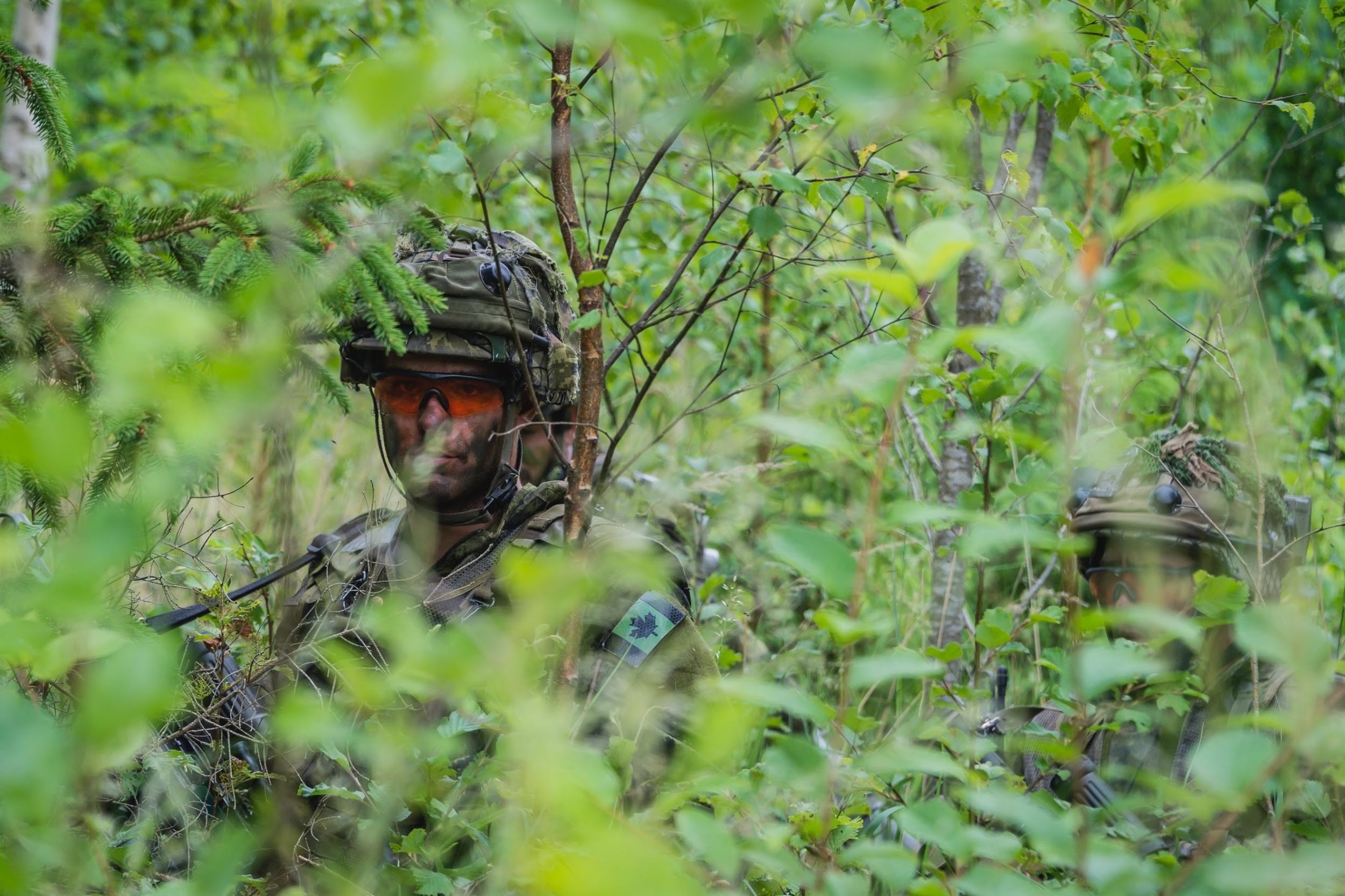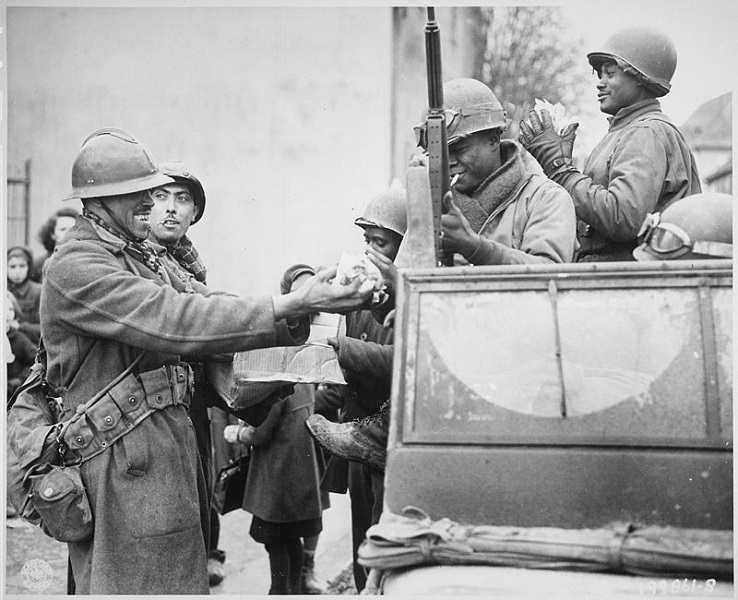In general, publicly funded defence budgets reflect the fact that states and their citizens place some degree of importance on national security and defence. In recent years, however, the monetary total of the budget itself has come to reflect the degree of importance placed on these values. For member states of the North Atlantic Treaty Organization (NATO), individual defence spending contributes not only to each state’s national interest, but the effectiveness of the alliance as a whole. In practice, a target of 2% of Gross Domestic Product (GDP) expenditure on defence has become the benchmark against which the commitment and contribution of NATO alliance member states is measured.
Codifying states’ commitment and contributions to the alliance as a percentage of their GDP spent on defence is the equivalent of missing the forest for the trees. Focusing on the 2% metric, which includes any and all manner of defence spending, obscures the fact that capability requirements are apportioned to member states via the NATO Defence Planning Process (NDPP) so as ‘to enable Allies to provide the required forces and capabilities in the most effective way.’
The 2% measure originated as a suggestion by U.S. President George W. Bush following the 2006 NATO Summit in Riga Latvia, where a topic of discussion was the trend of declining defence budgets. For President Bush, 2% was a logical figure given that in the early 2000’s it was customary for states aspiring to NATO membership to spend 1.7% or more while the United States was spending 3.7%. As early as 2002, NATO Assistant Secretary General for Defence Planning, Edgar Buckley, expressed concern regarding this measure’s origin, suggesting that ‘once an idea has taken hold it is difficult to shake off.’ This rings true, given that member states agreed to pursue the goal in 2006 but struggled annually to reach the mark through the 2008/2009 financial crisis and beyond.
To combat the perceived asymmetric burden-sharing, the 2% benchmark was codified during the 2014 Wales Summit so as to establish a more equitable sharing of costs and responsibilities among member states by 2024. As of 2018, it was predicted that eight of the twenty-nine member states were expected to meet the 2% target. Despite being a flawed metric, the target has become a mainstay for evaluating states’ commitment/contribution to the Alliance and a favoured reference for U.S. President Donald Trump, who at the 2018 Brussels Summit floated the idea of a 4% measure.
For Canada, reaching the 2% measure in the past would have amounted to almost doubling the defence budget. As of 2018’s third quarter, Canada’s real GDP was approximately $2.06 trillion, and the 2017/2018 defence budget allocated $33 billion to the Department of National Defence (DND), which, if spent, would amount to 1.6%. Even without taking into account DND’s habitual underspending of its budget, an extra $8 billion would have had to have been spent to reach the two percent target. As an alliance member, however, defence planning does not occur solely on the national level.
The NDPP is the primary process by which NATO’s current capability requirements are determined, developed, and delivered so the apportioning of requirements to member states as capability targets is a necessary feature of the NDPP’s mandate. The process effectively determines which of the various assets, resources and capabilities (which can be both military and non-military in nature) possessed by each ally can be leveraged pursuant to the security and defence objectives present in the Strategic Concept. The process and the methodology used by the NDPP reflect the dynamic, ever-changing nature of the security environment and, by extension, the related capability requirements. This process has five steps that happen over a period of four years. These are: establishing political guidance; determining requirements; apportioning requirements and targets to each ally; facilitating implementation of targets; and reviewing results.
This process is nuanced in that it carefully evaluates states’ individual capability and capacity, and then makes decisions based on these factors instead of leaving increasing defence spending to the discretion of the state itself. The NATO definition of defence expenditure includes all ‘payments made by a national government specifically to meet the needs of its armed forces or those of Allies.’ This definition provides that reported defence expenditures ought to include budget expenditures for things such as: border guards; national police forces, such as the RCMP in the Canadian context; peacekeeping and humanitarian operations; military-related research and development; and, pension payments made directly by the government to retired military and civilian employees of military departments, even if they are made from other departments’. This broad definition allows for inconsistent reporting of defence expenditure, and creative accounting aimed at reporting the highest percentage of GDP possible, rather than emphasizing the ways in which it is pursuing and achieving its capability targets.
In terms of capability, the Canadian Armed Forces, despite its small size relative to its allies, is highly respected due to the overall quality of troops that it produces and the interoperability capability that it continually demonstrates with a variety of its allies. For these reasons the Royal Canadian Air Force, for example is in high demand among allies.
Ensuring that defence spending by allies is geared towards the fulfillment of capability targets is a far more effective measure of alliance member states’ commitment and contribution to the alliance as a whole than the 2% metric. Capability targets, while certainly flawed in and of themselves are reflective of a more nuanced, capability-determined benchmark than the universal, unclear and ineffective financial measure which is tied to GDP. A continual reminder of this is necessary so that we might begin to lift the shroud which obscures the broader goals of the alliance.
Photo: Canadian soldiers from India Company soldiers camouflage themselves during Exercise SABER STRIKE 2018, near Skrunda, Latvia on June 11, 2018, by Cpl Jean-Roch Chabot, eFP BG LATVIA Public Affairs via Combat Camera. Licensed under RP15-2018-0140-086
Disclaimer: Any views or opinions expressed in articles are solely those of the authors and do not necessarily represent the views of the NATO Association of Canada.




